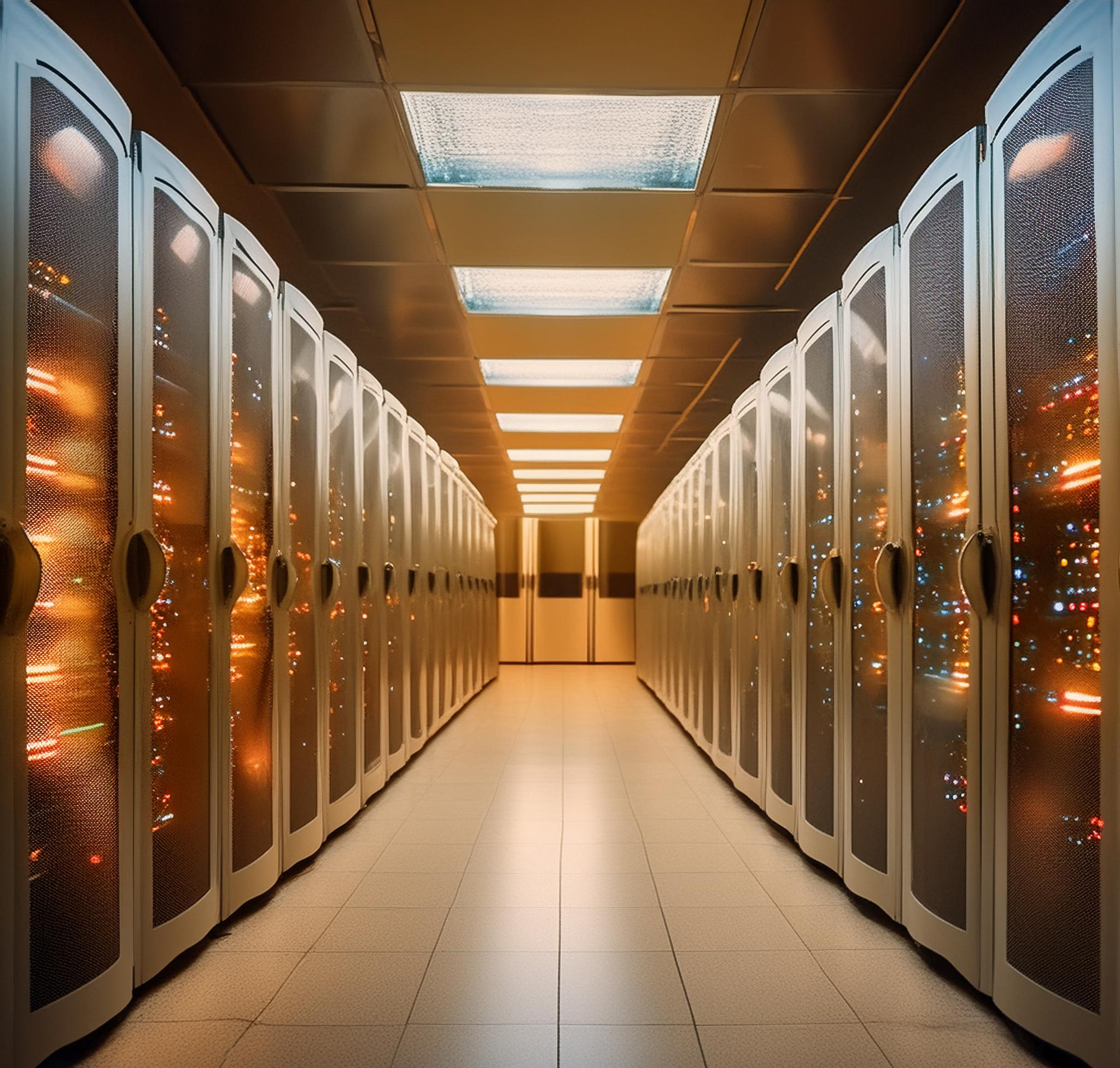Data Centres have moved to the front of the conversation around rising energy demand, what with the spread of digital usage, and more recently, the hype around AI or Artificial Intelligence. Readers have asked us to explain why these data centres bring built to serve the ever growing demand for computing power and information storage are measured in Megawatt (MWS). So here goes.
Compute power is a weird thing to try and measure. Generally, on a micro or personal level, it’s measured in FLOPS or Floating-Point Operations Per Second. You get numbers like 10.28 teraflops for the newest Playstation, Nvidia’s latest and greatest A100 being able to hit 312 teraflops and so on.
So why are datacentres measured in watts?
Datacentres are generally seen as these massive behemoths, able to push out oodles of raw compute. Data centres can contain racks of servers, each of which contains 3-4 GPUs. The processing performed on these are what allow the modern internet and its amenities to thrive.
However, the hardware requirements are not the same for all use cases. Something like GeForce Now, a game streaming service, would require huge CPU and GPU compute while not requiring as much storage. A service like YouTube wouldn’t require as much raw compute but would need a whole lot more storage. A datacentre for both companies could require the same amount of power, but with one needing it to drive high-power hardware and the other needing it to power a ton of reliable, long-term storage.
“Any customer that needs a megawatt – that’s 4,000 servers – better be ready to talk power, or they’re not even qualified to have that job,” DuPont Fabros president and CEO Hossein Fateh said earlier this year. “What we’re charging for is the availability of power.” It is this basic relationship with energy use that has led to measuring data centre sizes by power demand.
Another thing to keep in mind is the fact that server grade hardware gets HOT. In fact, when you hear a DC say, “We’ve got a 100MW building right here” they MAY in fact be giving you the TOTAL POWER delivered to the site by the utility and the ACTUAL power available to support IT loads may be as much as 50% LESS than that number, depending on how they cool the space. Air Conditioning is pretty power hungry after all.
As Data centres go green, thanks to their owners typically being firms that are cash rich and committed to earlier net zero targets than most corporates, that has opened up a whole new opportunity for renewable developers. For not only are data centres power hungry, but their demand profile does not change through the day. And they absolutely cannot even consider a power outage. The high level of redundancy means that a data centre seeking round the clock renewable power will support the development of 4-5 MW of renewable capacity for every MW of power demand. Assuming at least 4 hours plus of large storage capacity creation. Thus, data centres today sit at the top end of the market creating demand for large storage and renewable power.
By Yash Singh


